
drive pins: act as the teeth of the face driver and bite into the face of the parts. face drivers and drive pins are used for workholding and rotation in machining operations!
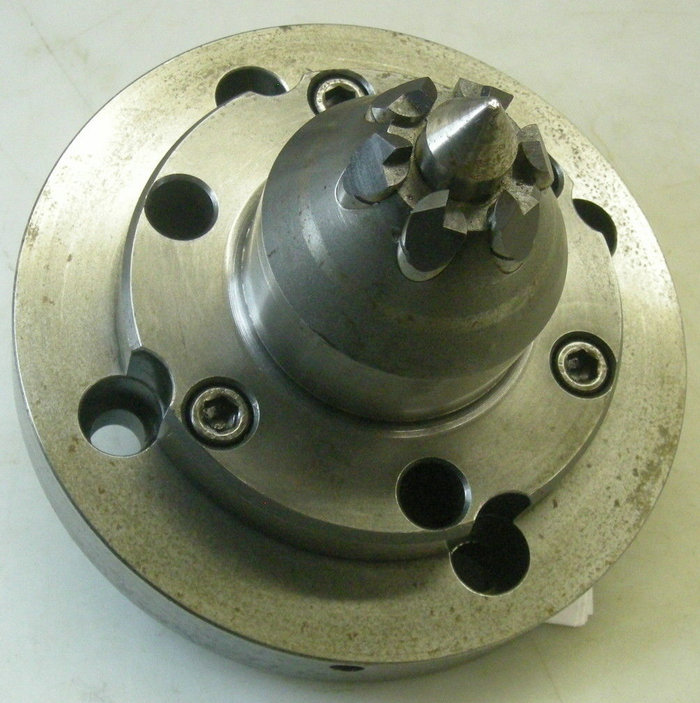

face drivers and drive pins are both used in lathe and machining operations to hold and rotate workpieces, but there are some key differences between the two.we only produce drive pins, needle roller pins,precision hardened parts,etc. custom your drawings or samples. not face driver.
drive pins: act as the teeth of the face driver and bite into the face of the part being machined.drive pins are replaceable and depending on the size of the driver and the workpiece involved are used in sets of three to ten. mechanical face drivers: the driving pins move independently to allow a five degree pitch of the end face of the workpiece.
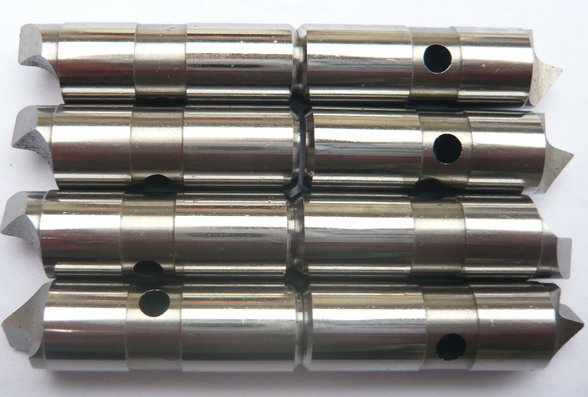
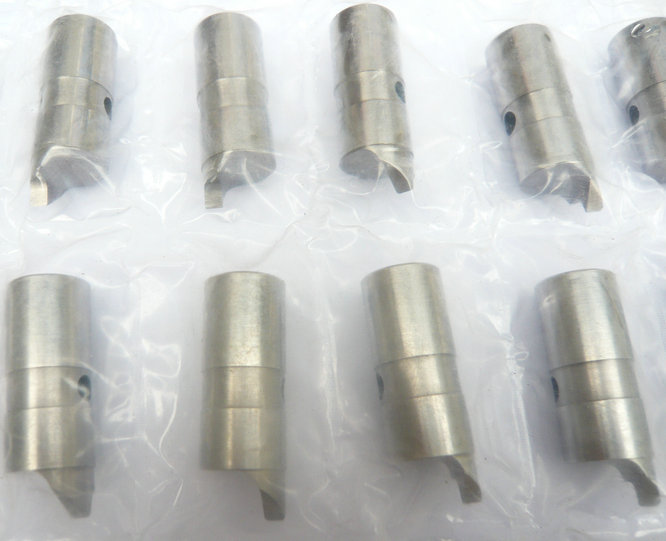
a face driver is a type of workholding device that uses a center pin and jaws to grip and rotate a workpiece. The center pin is inserted into the center hole of the workpiece, and the jaws grip the outer diameter. As the face driver rotates, it also rotates the workpiece. Face drivers are typically used for larger and heavier workpieces and are known for their high accuracy and rigidity.
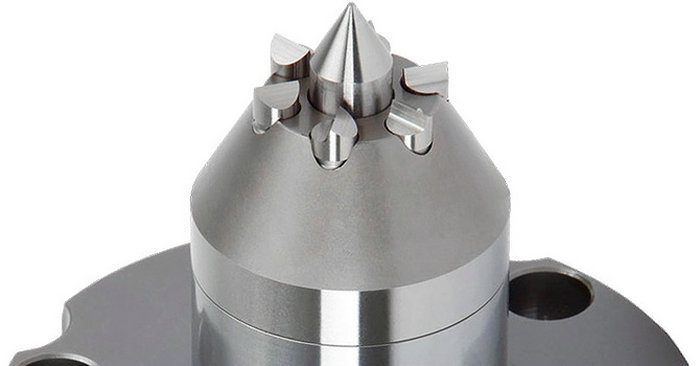
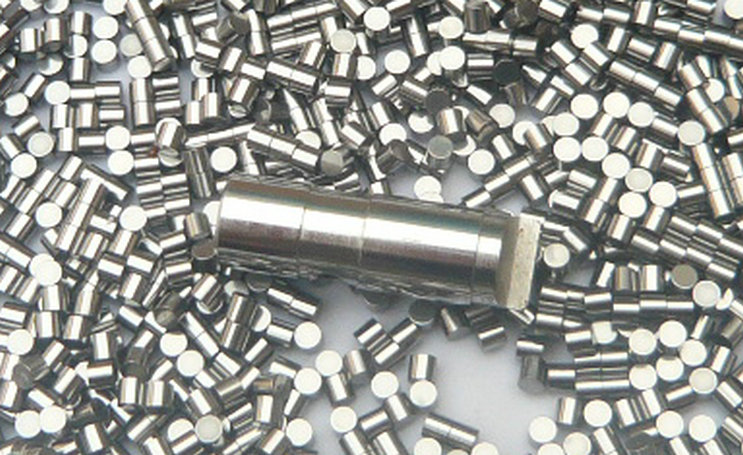
drive pins, on the other hand, are small pins or mandrels that are used to hold and rotate smaller workpieces, such as gears or small shafts. Drive pins are typically inserted into the bore or hole of the workpiece and are often used in conjunction with a collet or chuck to hold the workpiece securely. Drive pins are generally less expensive and less precise than face drivers, but they are still a useful tool for many machining operations.
FDT-1 mechanical face driver drive pins,wedge rollers, lathe face drivers, drive pin machine tools, changeable driving pins, drive teeth pins
| drive pins (quantity) | drive pins (diameter) | face drivers (diameter) | face drivers bodies | screws | center pins | FD technologies | |||||
|---|---|---|---|---|---|---|---|---|---|---|---|
| 3 | 6 | 160 | 48 | 3 | 22 | FD 2023 | |||||
| 3 | 8 | 160 | 48 | 3 | 22 | FD 2023Z | |||||
| 3 | 6 | 160 | 42 | 3 | 6 | FD 2023F | |||||
| 3 | 8 | 160 | 48 | 3 | 8 | FD 2023D | |||||
| 6 | 10 | 160 | 70 | 3 | 14 | FD 2023H | |||||
| 6 | 10 | 160 | 70 | 3 | 18 | FD 2023D | |||||
| 6 | 15 | 160 | 80 | 3 | 14 | FD 2023S | |||||
| 6 | 15 | 160 | 90 | 3 | 24 | FD 2023GF | |||||
| 6 | 15 | 160 | 100 | 3 | 28 | FD 2023F | |||||
| 6 | 20 | 160 | 132 | 3 | 35 | FD 2023JG | |||||
| 6 | 20 | 220 | 182 | 3 | 35 | FD 2023DS | |||||
| 6 | 20 | 250 | 212 | 3 | 35 | FD 2023GG | |||||
| 6 | 20 | 290 | 255 | 6 | 50 | FD 2023JKKL | |||||
| 6 | 20 | 348 | 302 | 6 | 50 | FD 2023F | |||||
| 6 | 30 | 440 | 360 | 6 | 80 | FD 2023FDD | |||||
| 6 | 30 | 490 | 410 | 6 | 80 | FD 2023H | |||||
| stainless steel drive pins, face driver CNC drive pins, changeable pins, lathe deep face drivers, face driver technologies | |||||||||||
a universal face driver is a type of lathe accessory that is used to securely grip and rotate a workpiece during machining operations. it consists of a headstock adapter that is attached to the lathe spindle and a face driver body that holds the workpiece. The face driver body typically has multiple pins that can be adjusted to fit the workpiece, and these pins are pushed against the workpiece to grip it securely. The face driver also has a mechanism that allows it to rotate along with the workpiece, ensuring that it stays centered and true during machining.
universal face drivers are useful for machining large, heavy workpieces that require a lot of torque to rotate. they are also commonly used for turning operations on irregularly shaped workpieces that cannot be held securely by other types of lathe chucks.
face drivers and drive pins are used for workholding and rotation in machining operations, face drivers are typically used for larger and more complex workpieces, while drive pins are used for smaller and simpler workpieces. Face drivers are typically more accurate and rigid, while drive pins are less expensive and more versatile for a wider range of workpiece sizes and shapes.
- home
- products
- contact
- equipments
- face driver pins
- drivers vs pins
- S7 drive pins
- lathe drive pins
- mechanical drive pins
- hardened drive pins
- CNC face drivers
- drive fixture pins
- changeable driving pins
- face driver parts
- drive pins
- face drives
- drive chuck
- hardened pins
- drive shafts
- center pins
- drive claws
- drive grips
- drive chuck
- driver tops
- locating pins
- driving pins
- cylindrical rollers
- needle rollers
- dowel pins
- capillary tubes